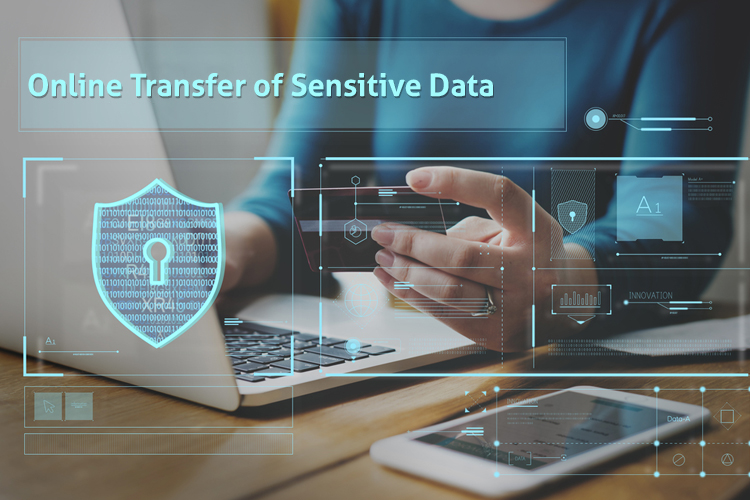How to Securely Share Sensitive Data Online

Assume you want to send a sensitive piece of your data to someone online, but you are worried if the data can be accessed by someone else, which you definitely don’t want. The data you want to transfer is private and can ruin everything if someone else gets access to it.
Now you have decided to do thorough research about how you can safely transfer sensitive data via the internet before doing anything practical. You searched on Google and landed here. We are happy to tell you that you will surely find the securest way of data transfer after reading this article.
The internet has made it way easier for us to send and receive information no matter how far you are located. Day by day, new users are joining it, and it is now getting insecure for transferring sensitive content as the cybercrime is budding rapidly. You should carefully inspect which platform to use for sending and receiving such private data. Let’s waste no more time in explanations and learn how to transfer private data online while avoiding any security risks.
Emails – The Ultimate Secure Way to Send Encrypted Data
For years, email is counted among the most encrypted data transfer services. It is indeed important to mind several things in order to make sure you are using emails the right way. Emails can be unsafe if you access them improperly or without security precautions.
Step-by-Step Guide to Secure Sensitive Data Transfer
Step 1: Encryption
First of all, you need to ensure some important things before accessing the email service and logging into your account for data transfer. Here are some precautions to make the email data transfer more secure:
Only log in to email platforms such as Gmail with their official site. You need to open the web-based version of their service and don’t use any email client while transferring valuable information. Make sure that the website URL begins with HTTPS because it means the connection between you and the email service provider is encrypted. Now once the “https://” appears at the beginning of the web address, it means your connection is completely secure, and nobody can bypass the encryption.
One more thing, you can even encrypt your every single message and mail on email services. There are a plethora of tools to encrypt your conversation or single message. Symantec Digital ID and PGP are such powerful encryption tools to enhance security.
Step 2: File Transfer Protocol
If you are sending larger files to someone, then you can’t use email for that purpose because most email services allow a small size of files for sending and receiving. Now, if you want to send larger files to someone securely on the internet, then you can use FTP or File Transfer Protocol. It is a service for transporting massive file sizes over the internet safely; however, it is not as safe as HTTPS emails.
To make it securer, you can add an SSL certificate that will add an extra level of security. Merging FTP with SSL certificate to increase security is known as FTPS, and it develops a potent connection within a server and computer to transfer files without letting anyone else peek at it.
Step 3: SSL Certificates If you frequently want to transfer files online with greater security, then buying an SSL certificate can be worth. This will allow you to secure your FTP transfer forever, and you will be able to access it anytime. Once you purchase an SSL certificate, you can bring your sensitive data under it on your server. It will make things easier and will significantly enhance your security.
